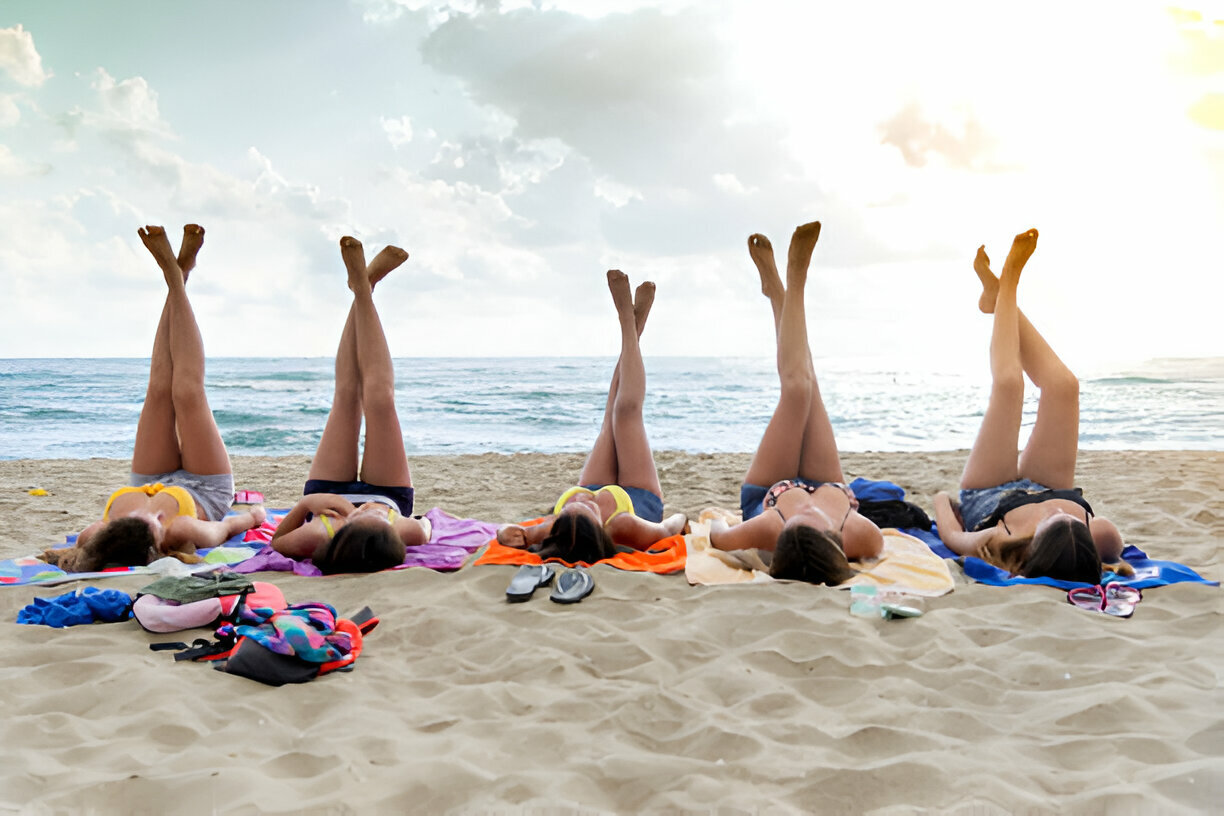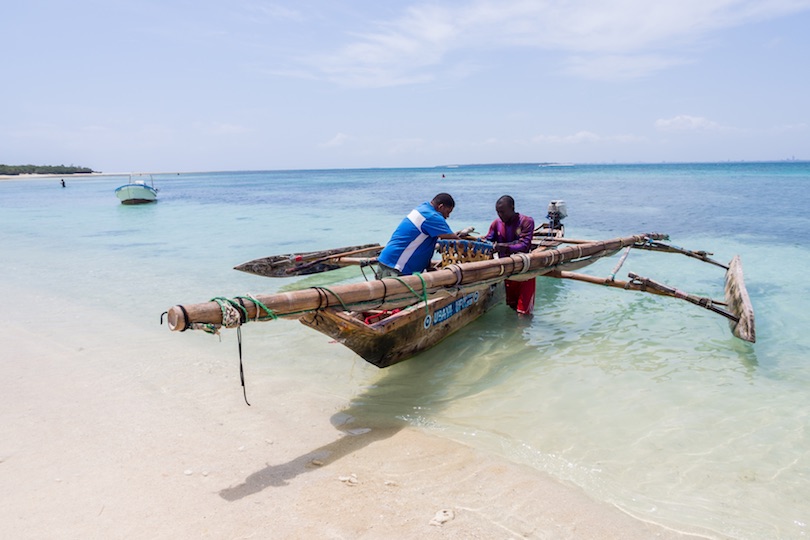Mbudya Island (Beach Holidays & Day Trip)
Just a short boat ride, about 15 to 20 minutes from the vibrant Kunduchi fishing village, lies Mbudya Island, a hidden paradise floating just 3 km off Dar es Salaam’s bustling coastline. Part of the Dar es Salaam Marine Reserve, this uninhabited island feels like the city’s own little Zanzibar, with powdery white sands and crystal-clear turquoise waters that instantly wash away the chaos of urban life. Whether you’re craving a day of sunbathing, snorkeling among colorful marine life, or simply relaxing on the shore with friends, Mbudya offers the perfect, easy escape into the beauty of the Indian Ocean — no passport required.

The Island is characterized by sand beaches on the western and eastern sides. On the western side, it is possible to have barbecued fish with chips and drinks under casuarina trees and Bandas (local shade facilities) in which one can rest. The island has a restaurant serving seafood and a variety of beverages under the shade of palm trees or palm frond thatched huts.
Best Time to Visit
The best time to visit Mbudya Island is during the dry season, from June to October, when the weather is sunny, clear, and less humid — perfect for swimming, snorkeling, and beach lounging. This period offers calm seas and cooler temperatures, making the boat ride and outdoor activities more enjoyable.

You can also visit between January and February, another dry spell between the short rains, though it tends to be hotter. It’s best to avoid the long rainy season from March to May, when heavy rains and rough seas can make the island less accessible and less pleasant to explore.
Facts About Mbudya Island.
- Mbudya is completely uninhabited, no hotels, no roads, just nature at its finest.
- The island is part of the Dar es Salaam Marine Reserve, established to protect the region’s coral reefs, fish species, and marine ecosystems.
- Despite feeling remote, Mbudya Island is only a 15–20 minute boat ride from Dar es Salaam’s mainland.
- Visiting Mbudya is surprisingly affordable. You only pay for the boat transfer and a small conservation fee.
- The island is home to the endangered coconut crab, the world’s largest land-living arthropod, along with other coastal wildlife and birds.



